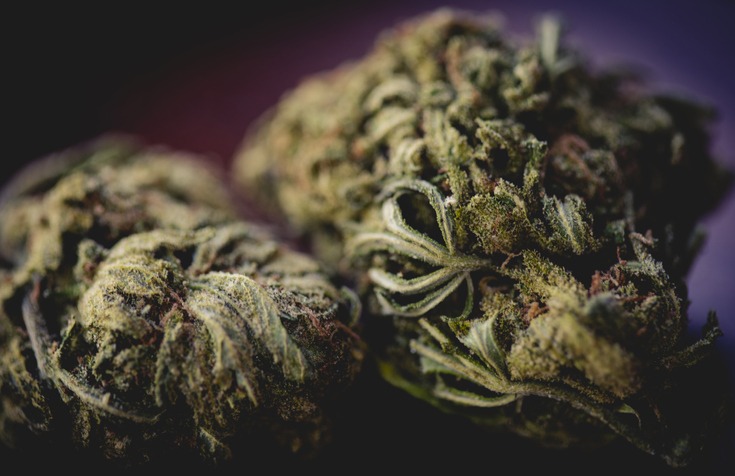If you’re considering growing cannabis, one of the first decisions you’ll need to make is whether to choose photoperiod or autoflowering seeds. Photoperiod strains are popular for their ability to produce high yields and potent buds, but they require specific light schedules to transition from the vegetative stage to the flowering stage. In this article, we’ll explore what photoperiod strains are, how long they take to grow, and how to change them to the flowering stage. We’ll also look at some popular hybrid strains and offer tips for successful cultivation.
What are Photoperiod Cannabis Strains?
Photoperiod cannabis strains are varieties that require specific light schedules to transition from the vegetative stage to the flowering stage. Unlike autoflowering strains, which automatically transition to flowering after a set amount of time, photoperiod strains offer greater control over the plant’s growth and yield. Some characteristics of photoperiod strains include:
- Increased potency compared to autoflowering strains
- Greater yield potential
- Unique flavors and effects
Life Cycle of Photoperiod Cannabis Strains
Understanding the life cycle of photoperiod strains is crucial for successful cultivation. Here are the stages of the plant’s life cycle:
- Germination: The seed sprouts and develops a taproot.
- Seedling: The plant develops its first set of leaves.
- Vegetative stage: The plant grows stems and leaves and develops a strong root system.
- Flowering stage: The plant begins to produce buds.
Different light schedules can be used for growing photoperiod strains, but a common schedule is 18 hours of light and 6 hours of darkness during the vegetative stage, followed by 12 hours of light and 12 hours of darkness during the flowering stage. Photoperiod strains typically take 8-12 weeks to reach maturity and begin flowering.
How to Change Photoperiod Cannabis Strains to Flowering Stage
If you’re growing photoperiod strains and want to change them to the flowering stage, you’ll need to adjust the light schedule. Here are some techniques for inducing flowering:
- Indoor growing: Use a light schedule of 12 hours of light and 12 hours of darkness to simulate the natural decrease in sunlight that occurs during the fall.
- Outdoor growing: Wait for the natural decrease in sunlight that occurs during the fall to induce flowering.
It’s important to note that changing the light schedule is crucial for successful cultivation of photoperiod strains. Failure to do so can result in the plant remaining in the vegetative stage and not producing buds.
Popular Photoperiod Cannabis Strains
Some of the most popular hybrid strains are photoperiod strains that have been carefully bred to produce unique flavors and effects. Here are a few examples:
- Blue Dream: A sativa-dominant strain known for its cerebral effects and fruity flavor.
- Girl Scout Cookies: A hybrid strain with a sweet, earthy flavor and potent effects.
- Sour Diesel: A sativa-dominant strain with a diesel-like aroma and energizing effects.
Each strain offers a unique combination of effects and flavors, making them popular choices for both recreational and medicinal users.
How to Grow Photoperiod Cannabis Strains
Growing photoperiod strains requires careful consideration of factors such as lighting, nutrients, and environment. Here are some tips for maximizing your yield:
- Use high-quality lighting to ensure the plant receives the correct amount of light during each stage of growth.
- Provide adequate nutrients, including nitrogen, phosphorus, and potassium, to promote healthy growth.
- Maintain a consistent environment with proper temperature and humidity levels.
- Avoid common mistakes such as overwatering, nutrient burn, and pests.
Autoflowering seeds vs. Photoperiod Cannabis Strains
While photoperiod strains offer greater control over the plant’s growth and yield, autoflowering seeds have their own unique advantages. For one, autoflowering seeds do not require a change in light schedule to induce flowering, making them easier to grow for beginners. Additionally, autoflowering strains have a shorter life cycle and can be harvested in as little as 8 weeks from seed to harvest. However, autoflowering strains tend to produce lower yields and may have lower potency compared to photoperiod strains.
Ultimately, the decision to grow photoperiod or autoflowering strains depends on your personal preferences and experience level. If you’re looking for greater control over your plant’s growth and yield, photoperiod strains may be the way to go. However, if you’re a beginner or have limited space or time for cultivation, autoflowering strains may be a better choice.
In conclusion, photoperiod cannabis strains are a popular choice for experienced growers looking to maximize their yield and potency. Understanding the plant’s life cycle and how to induce flowering is crucial for successful cultivation. Popular hybrid strains offer unique flavors and effects, while careful attention to lighting, nutrients, and environment can help maximize yield. While autoflowering strains have their own advantages, photoperiod strains offer greater control and potency. Whatever your choice, be sure to do your research and follow best practices for successful cultivation.

